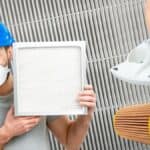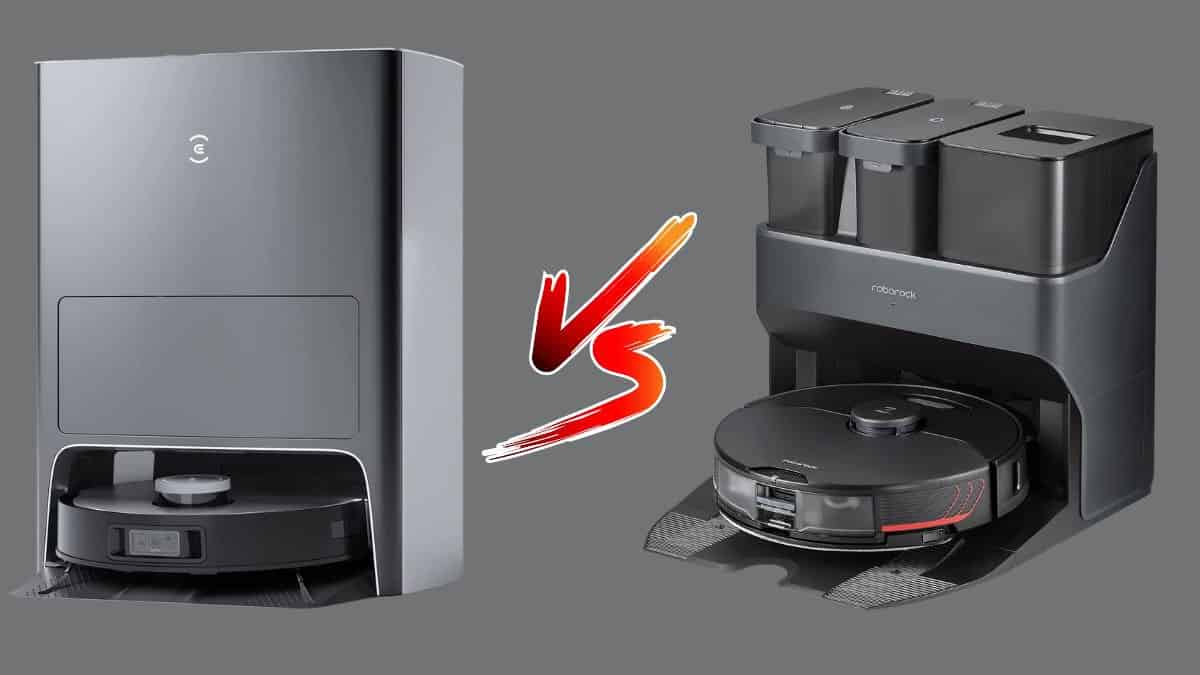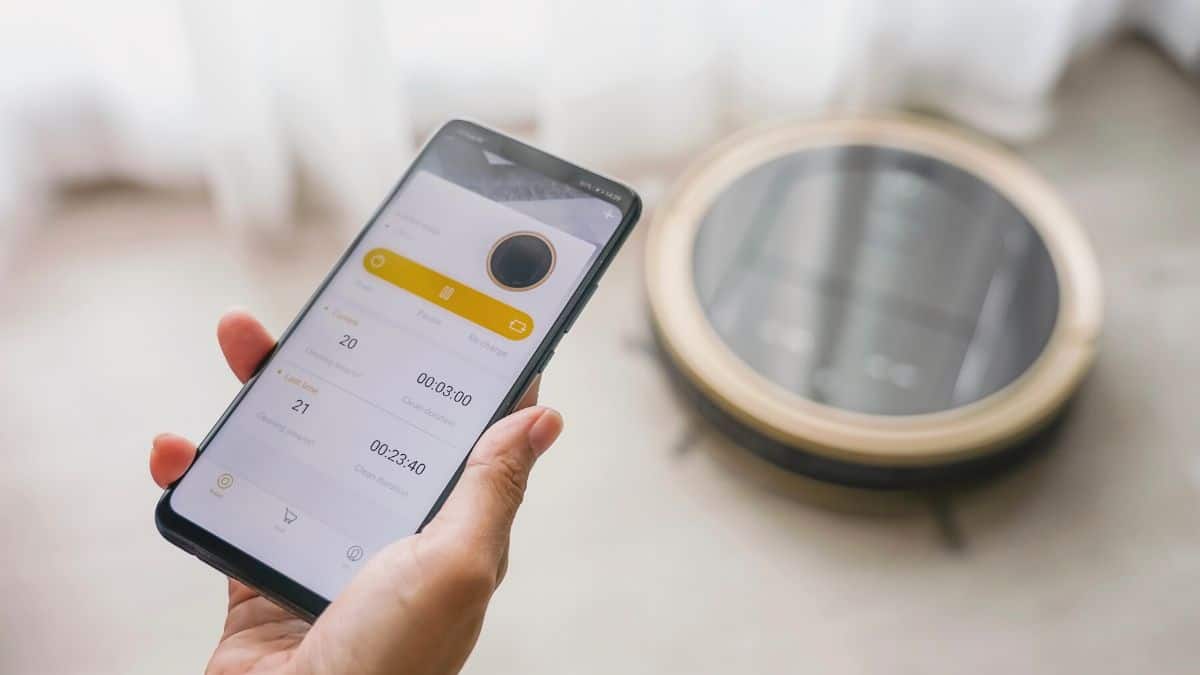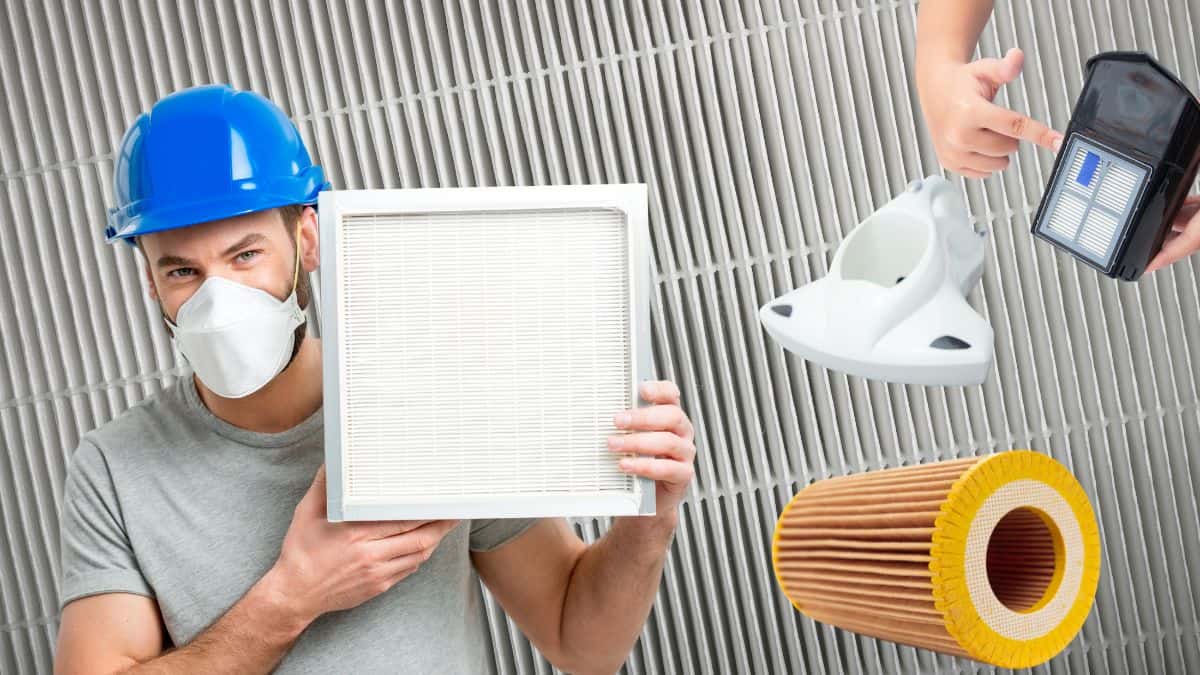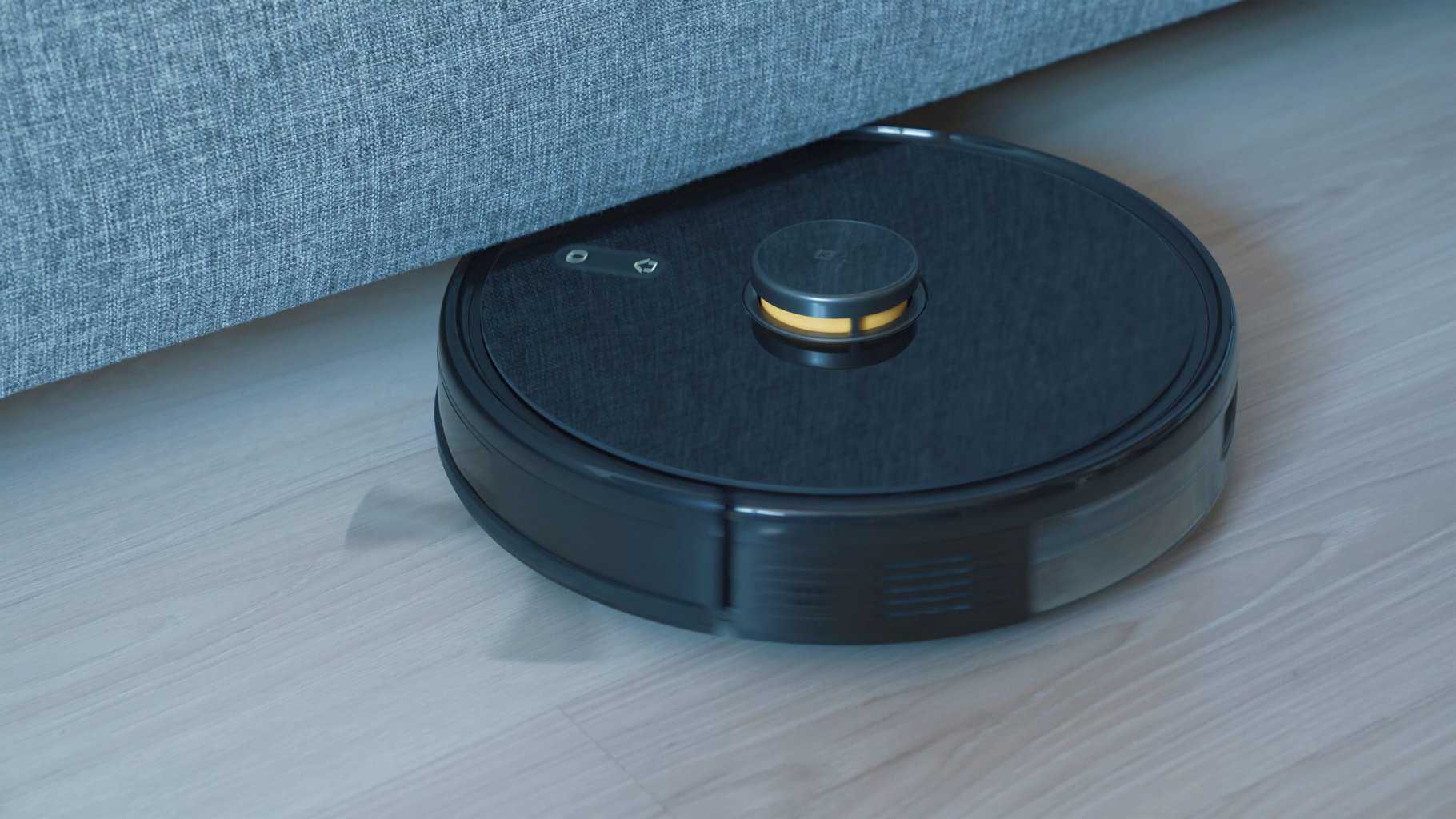
As home robots become more and more prevalent in households around the world, it’s important to consider the issue of privacy and security.
An autonomous vacuum cleaner leaking embarrassing photos has caused a stir in the world of connected home devices. The incident, involving a well-known brand of robotic vacuum, has shed light on the potential privacy risks of such devices and serves as a cautionary tale for those considering adding connected devices to their home. See the MIT Article posted about this incident
According to reports, the vacuum cleaner in question had a built-in camera that was accidentally activated and captured images of the home it was being used in. These images were then sent to the manufacturer’s servers for analysis. Still, due to a flaw in the device’s software, the images were also made accessible to the public via a cloud storage account linked to the device. This meant that anyone with the correct login credentials could access the images, which were reportedly intimate in nature.
The manufacturer has since taken swift action to address the issue. The company has issued a recall of the affected vacuum cleaners and released a software update to fix the problem. They have also issued a public apology and have stated that they are taking steps to improve the security of their connected home devices.
This incident serves as a reminder that, as the Internet of Things (IoT) continues to expand and become more prevalent in our daily lives, it is important to be aware of the potential privacy risks that come with connected devices. These risks can include the possibility of hackers accessing personal information or, in this case, the accidental leak of sensitive images. To protect oneself, it is important to keep software and firmware up to date, choose devices from reputable manufacturers, and be mindful of what personal information is shared with these devices.
If you are concerned about the privacy and security risks of connected home devices, options are available that prioritize these aspects. For example, the Roborock S7 Max V Ultra and the Ecovacs Deebot X1 Omni are both robot vacuums that have been certified as safe for privacy and security.
You can read our article comparing these two safe robots cleaner here
The Roborock S7 Max V Ultra features a camera cover to physically block the camera when not in use, as well as encrypted data transmission to protect against hacking. The Ecovacs Deebot X1 Omni also has a camera cover and uses encrypted data transmission, in addition to having a privacy mode that can be activated to prevent the device from collecting or transmitting any data.
Choosing a device that has been certified as safe for privacy and security can provide an extra layer of protection and peace of mind when it comes to connected home devices.

